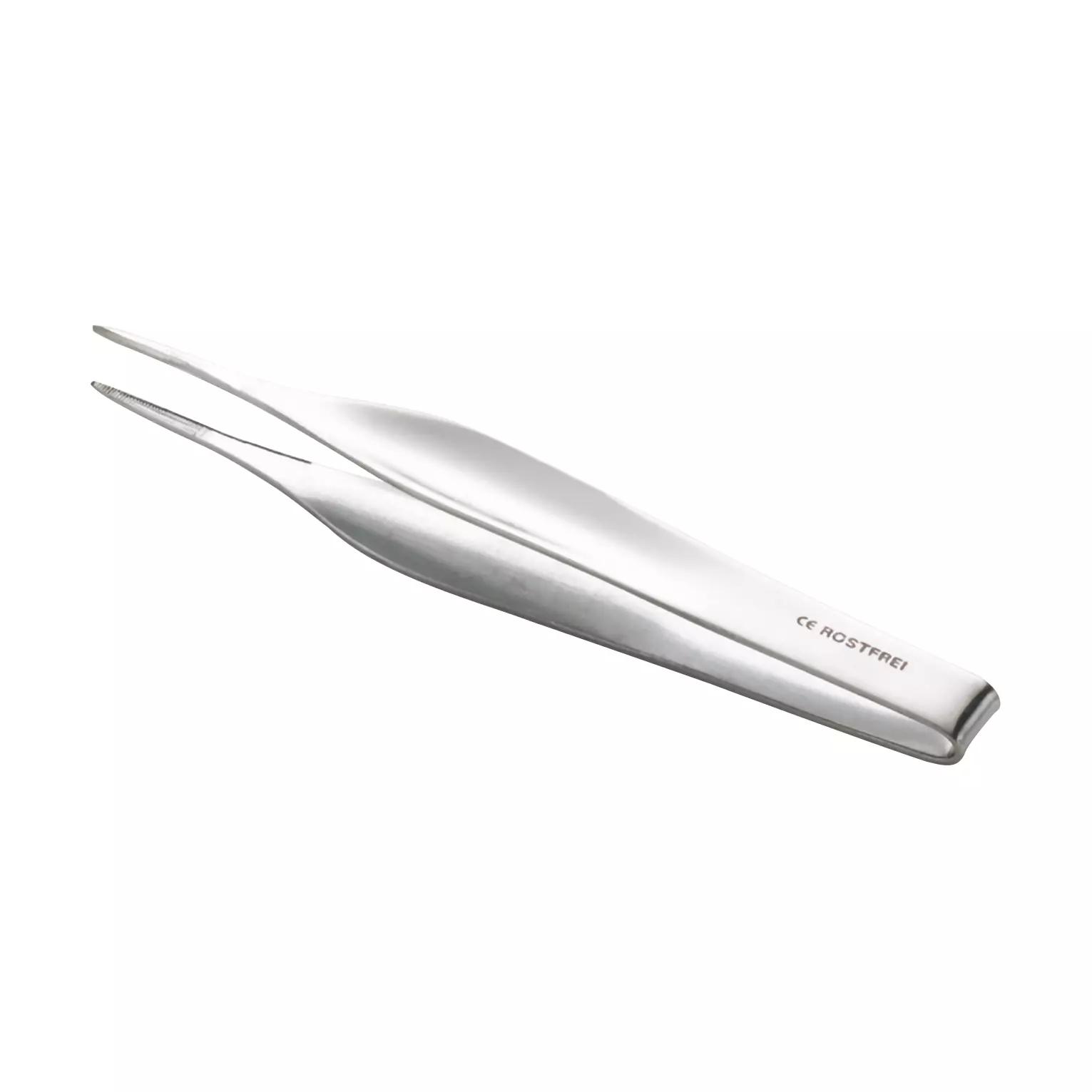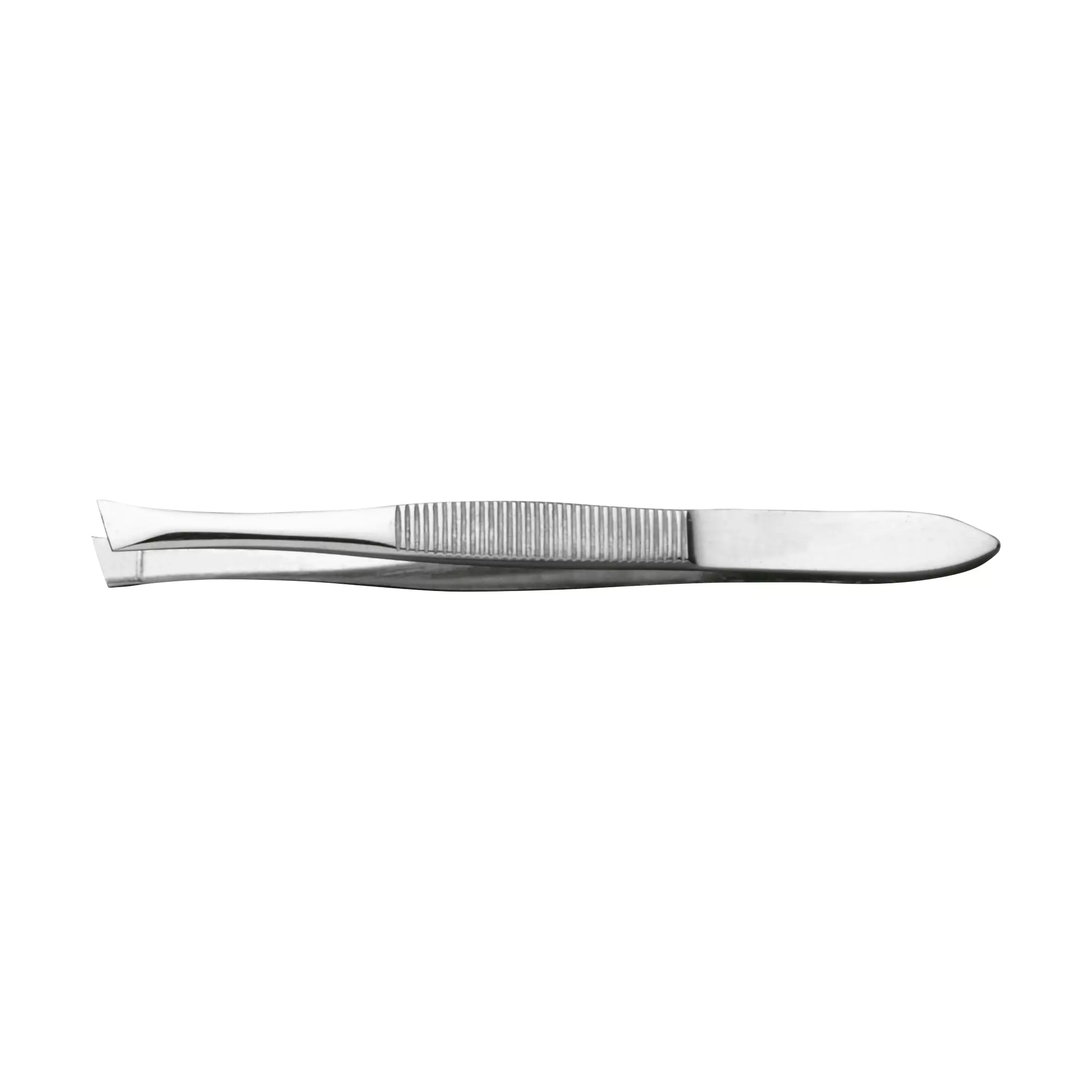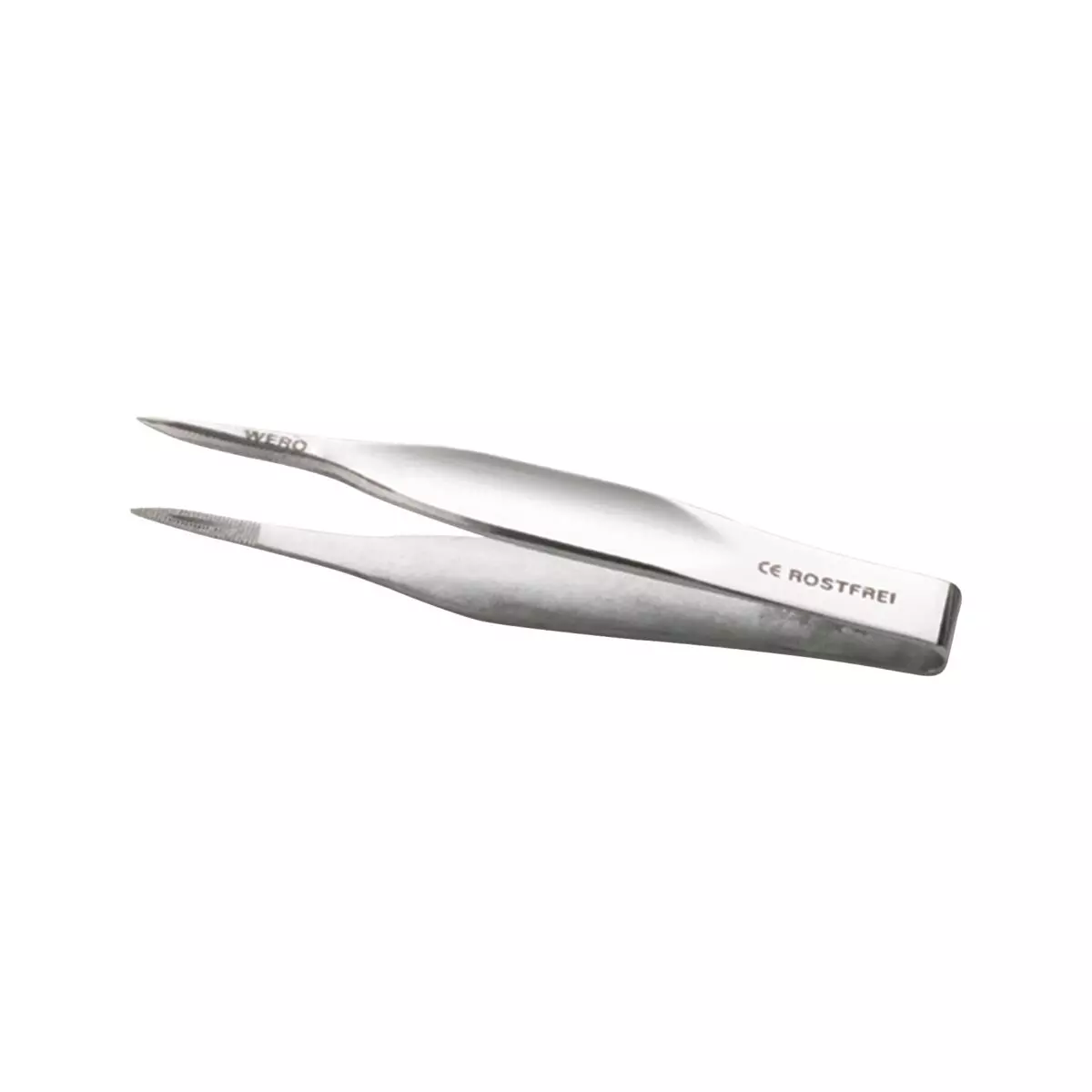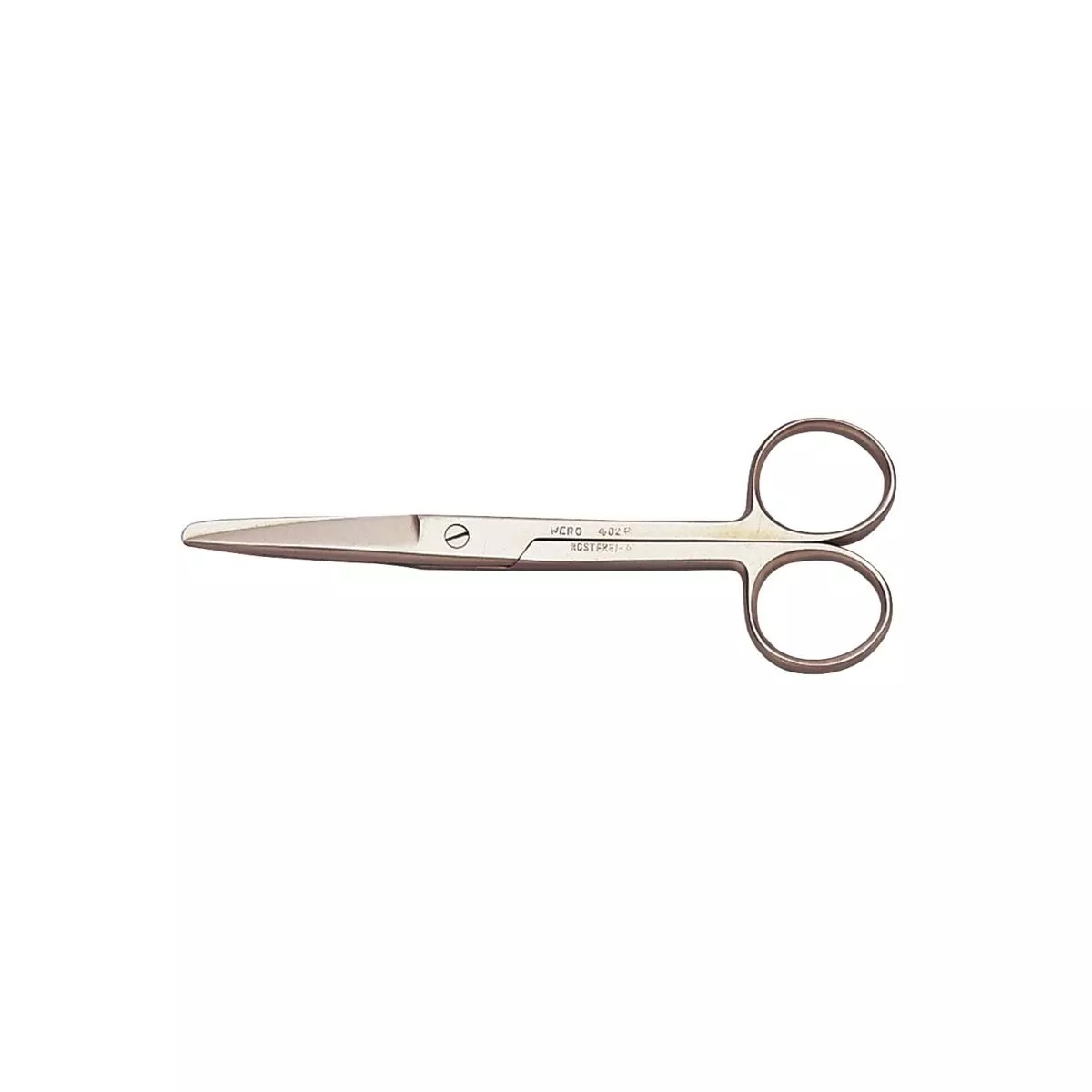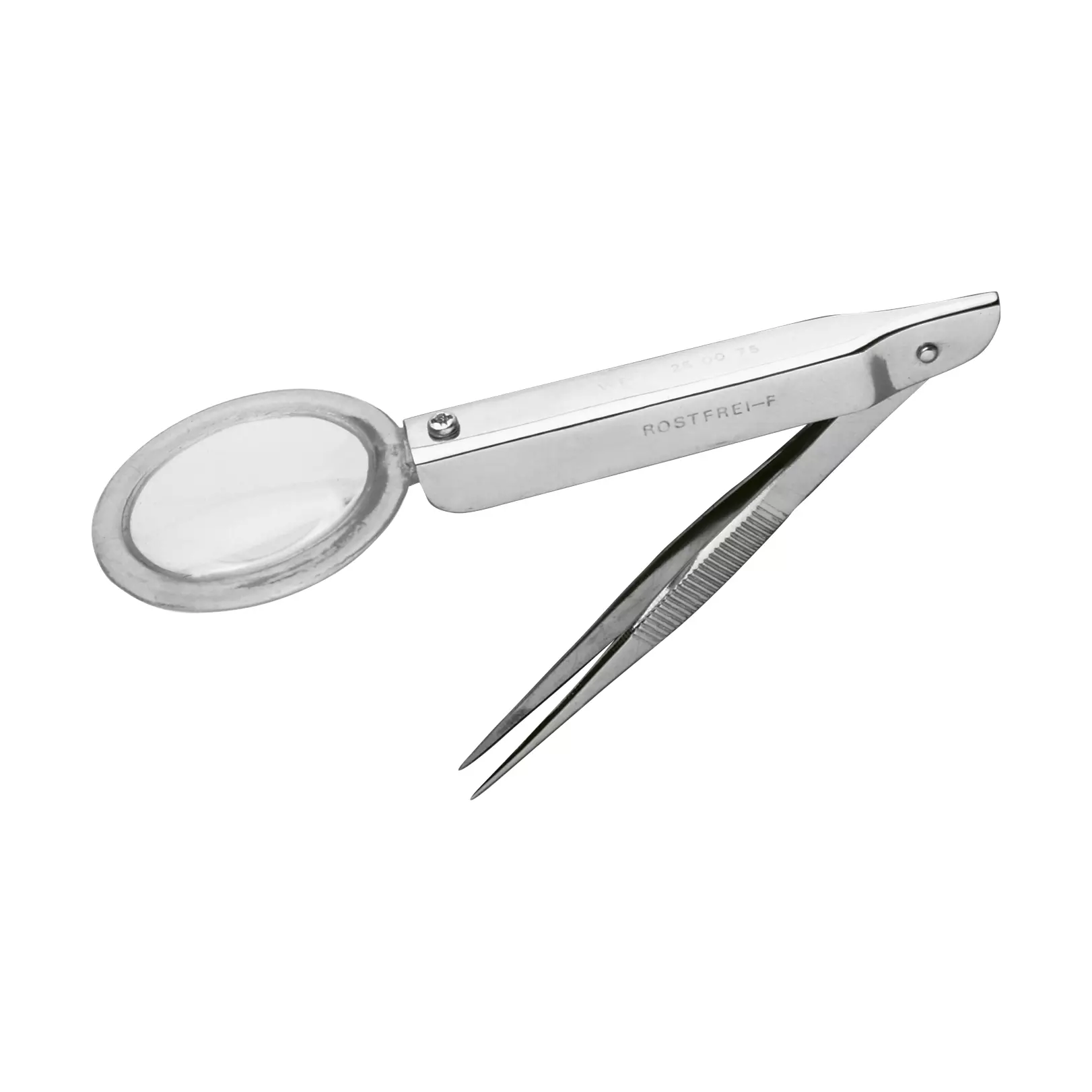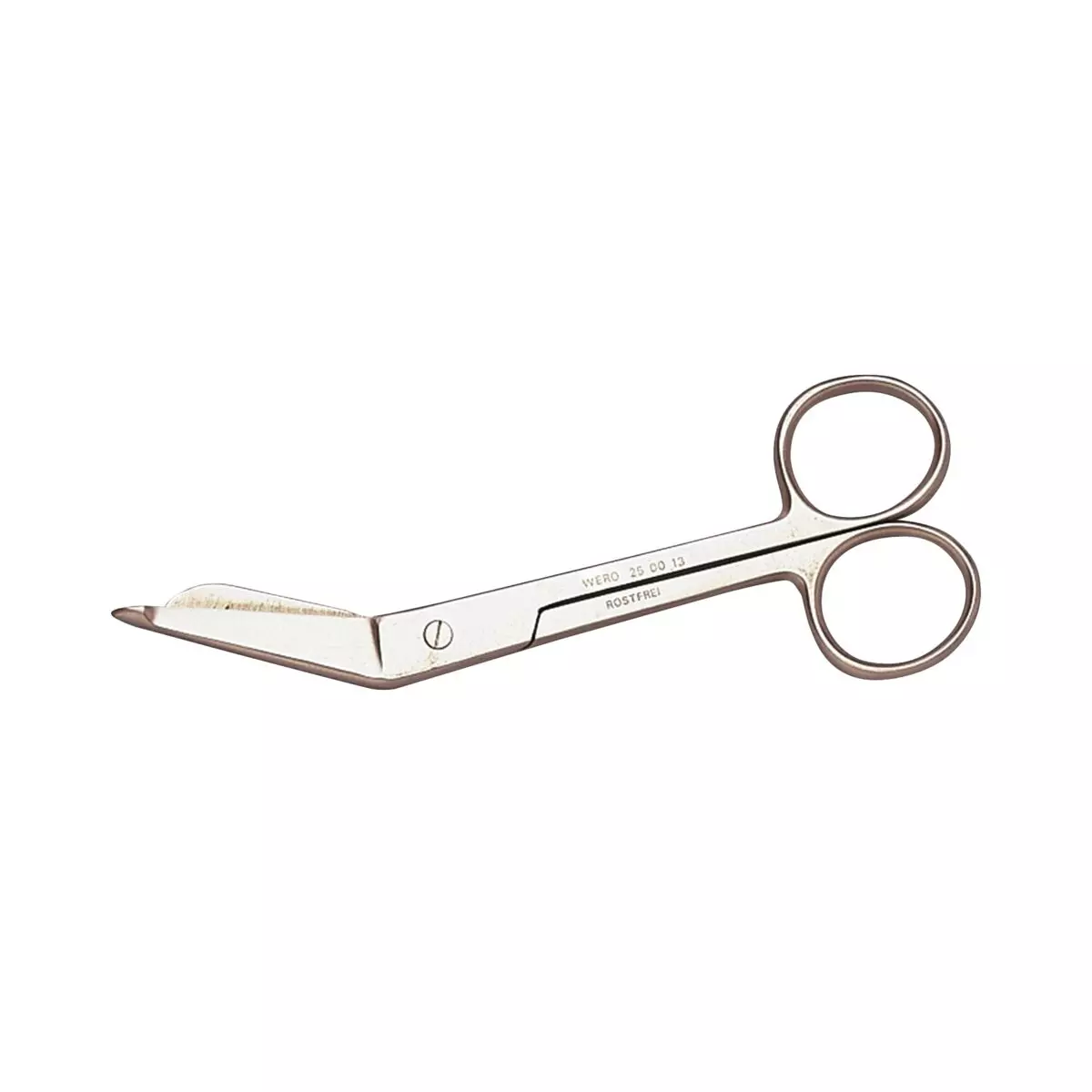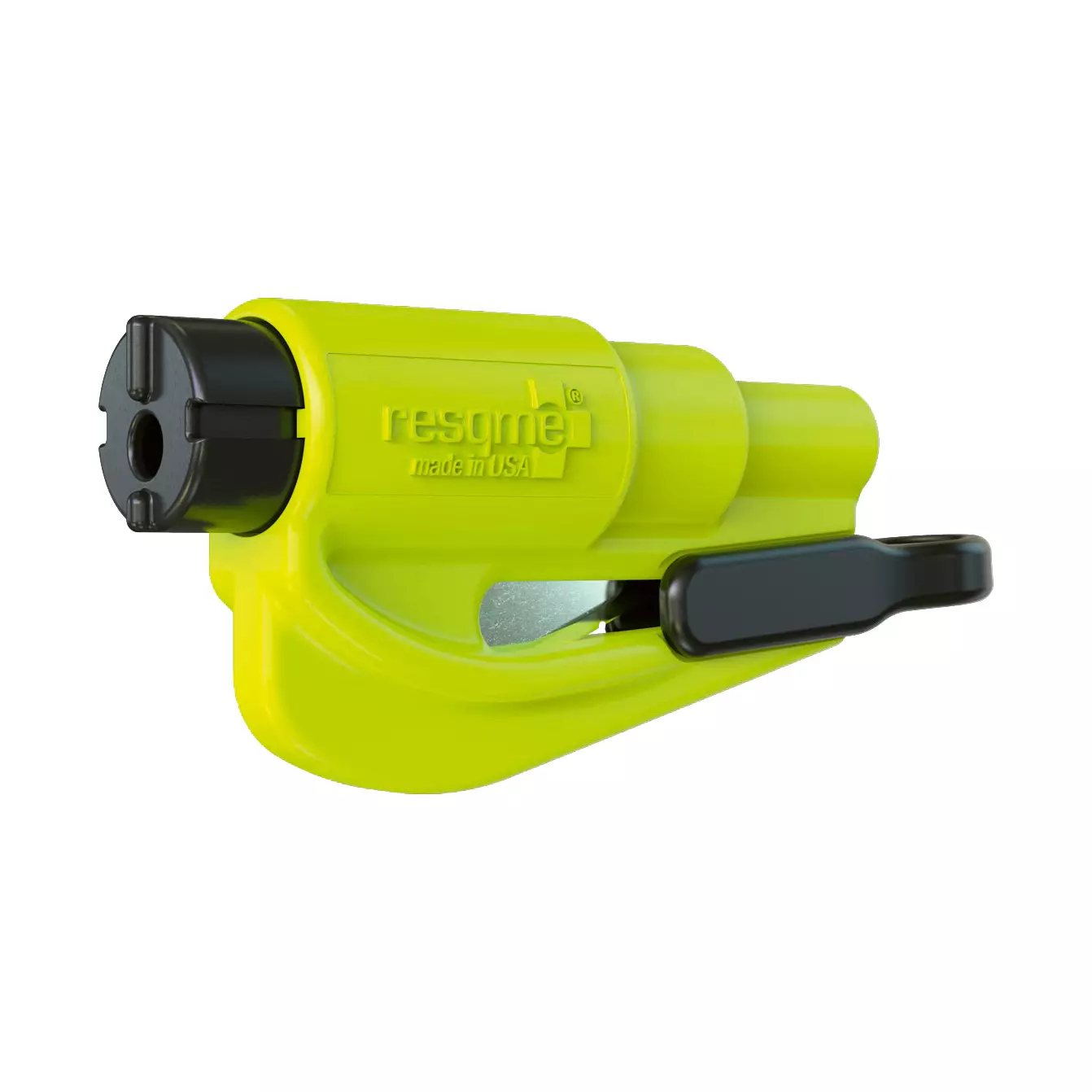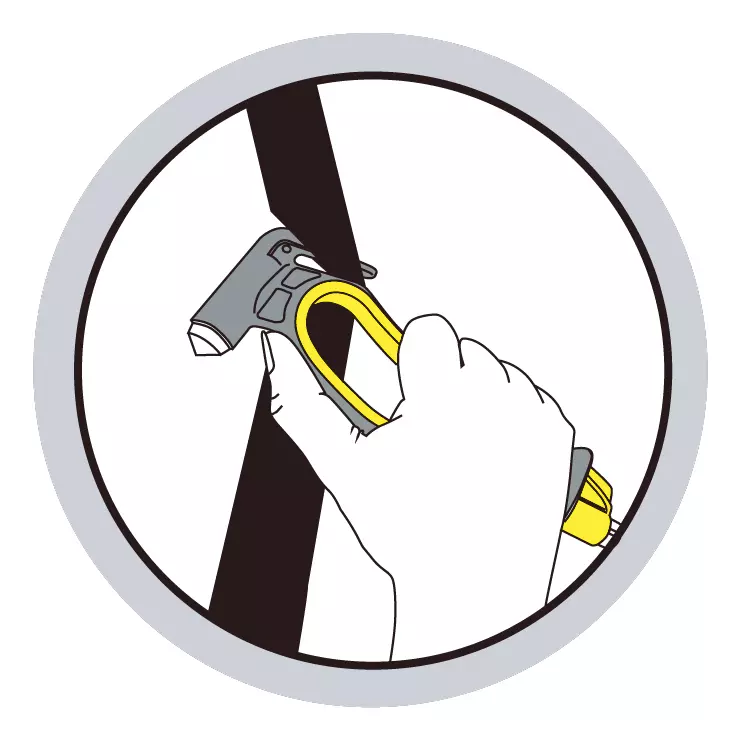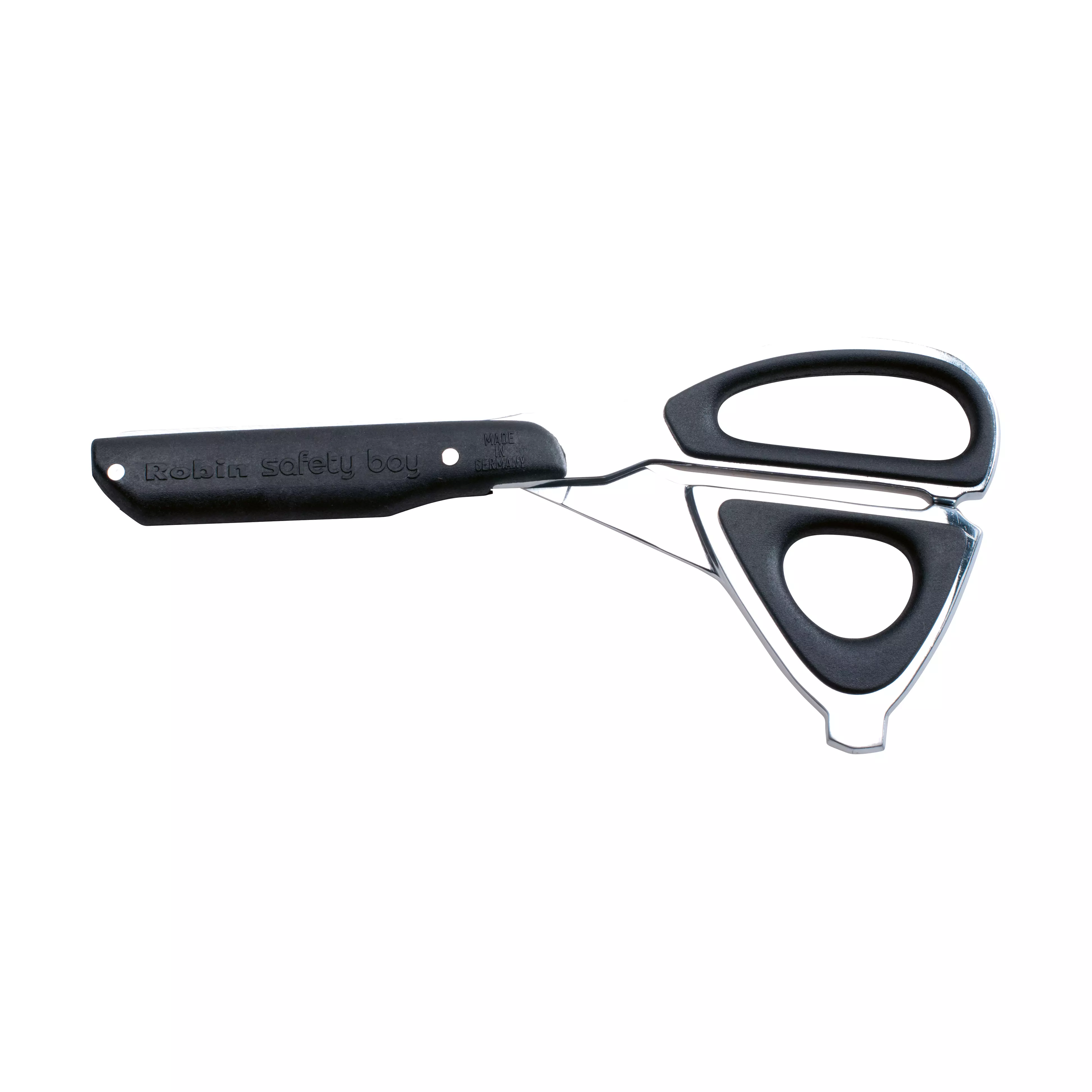Buy medical instruments
Available, delivery time: 1-3 days
Available, delivery time: 1-3 days
Available, delivery time: 1-3 days
Available, delivery time: 1-3 days
Available, delivery time: 1-3 days
Available, delivery time: 1-3 days
Available, delivery time: 1-3 days
Available, delivery time: 1-3 days
Available, delivery time: 1-3 days
Medical instruments in the WERO online shop
Medical instruments are used in the provision of first aid and diagnostics, among other things. In the WERO online shop, we offer medical instruments that are essential for equipping a functional first aid room.
What are medical instruments used for?
Medical instruments are essential in the healthcare sector. They are used to carry out medical examinations, diagnose illnesses, treat patients and perform surgical procedures. These instruments help to assess a patient's condition and determine the best therapy or treatment. They are crucial in the preparation and performance of surgery as they help to improve the accuracy and efficiency of these procedures.
- To detect, prevent or treat disease or injury
- To examine an anatomical structure
What types of medical instruments are there?
There are different types of medical instruments that are used to diagnose, prevent, monitor, treat or alleviate diseases. Medical instruments can be divided into 2 categories:
Disposable instruments, which are disposed of after a single use. These instruments offer the highest level of hygiene as they are discarded after use, significantly reducing the risk of cross-contamination and infection. They are particularly useful in situations where sterilisation is impractical or where there is a high risk of infection. However, the continued use of disposable instruments can lead to significant amounts of waste and is therefore less environmentally friendly.
The 2nd category of medical instruments are reusable instruments. These are designed for repeated, multiple use. They are often more robust and durable than single-use instruments and can be sterilised after each use to ensure their safety. In the long run, they are more cost-effective as they do not need to be replaced after each use. They are also more sustainable and environmentally friendly than disposable instruments due to their durability and reusability. Nevertheless, they require proper care and cleaning to ensure their effectiveness and safety.
Both disposable and reusable instruments play a crucial role in medical practice. Their choice depends on various factors, including the type of procedure, cost, availability of sterilisation facilities and environmental impact.
What medical instruments are there?
Some of the main medical instruments commonly used in occupational first aid include tweezers, scissors, clamps and belt cutters.
Tweezers are a basic instrument used in almost all medical specialities. They are used for a variety of tasks, such as holding tissue during surgical procedures, removing foreign bodies from wounds and applying bandages. There are different types of forceps, including anatomical and surgical forceps, all of which are specifically designed to perform certain tasks efficiently.
Medical scissors are another essential tool in medicine. They are used for cutting tissue or clothing, cutting sutures and opening packages. Medical scissors are available in different sizes and shapes to meet the specific requirements of different medical procedures.
Clamps are another important medical instrument. They are mainly used in surgical procedures to close blood vessels and hold tissue in place. There are different types of clamps, including arterial clamps, bulldog clamps and mixed clamps, all of which have specific functions in surgery.
Belt cutters are specialised medical instruments that are mainly used by rescuers. They are used to cut seat belts and other types of harnesses quickly and safely to prevent injuries and enable rapid medical care.
Which classes can medical instruments be divided into?
Medical instruments can be categorised according to their respective risk classification and the resulting reprocessing requirements.
The first category comprises non-critical medical devices. These either do not come into contact with the patient at all or only with the patient's intact skin. Examples of this are kidney dishes or ECG electrodes. They generally pose a low risk as they do not come into direct contact with potentially infectious materials.
The second category is the so-called semi-critical medical devices, which in turn can be divided into two subgroups.
The first subgroup, semi-critical medical devices "A", come into contact with the mucous membrane or abnormal skin. They must be cleaned and disinfected after use. Cleanliness can be checked by visual inspection. An example of this would be a mouth mirror.
The second subgroup, semi-critical medical devices "B", are those for which cleanliness cannot be checked by visual inspection, such as endoscopes. These require more intensive reprocessing to ensure that they can be reused safely.
The third and final category is critical medical devices, which can also be categorised into three subgroups.
Critical medical devices "A " come into contact with blood, internal tissues or organs, such as a retractor.
Critical medical devices "B " are similar, but come into contact with blood, internal tissues or organs and are often minimally invasive, such as certain types of surgical instruments.
Critical medical devices "C " are used invasively and have cavities that make visual inspection impossible. As they cannot be cleaned in outpatient facilities and surgeries, they pose a high risk and require special reprocessing procedures to ensure that they can be reused safely.
Risk classification of medical instruments at a glance
- Non-critical medical devices: These do not come into contact with the patient or only with intact skin. (e.g. kidney dishes or ECG electrodes)
- Semi-critical medical devices:
- Semi-critical medical devices "A": Come into contact with the mucous membrane or abnormal skin. They must be cleaned and disinfected after use. Cleanliness can be checked by visual inspection. (e.g. mouth mirrors)
- Semi-critical medical devices "B": Cleanliness cannot be tested by visual inspection. (e.g. endoscopes)
- Critical medical devices:
- Critical medical devices "A": Come into contact with blood, internal tissues or organs. (e.g. retractors)
- Critical medical devices "B": These also come into contact with blood, internal tissues or organs (e.g. minimally invasive instruments)
- Critical medical devices "C": Are used invasively. As they have cavities, visual inspection is not possible. Cleaning in outpatient facilities and surgeries is not possible.
How are medical instruments cleaned, disinfected and sterilised?
- Storage and transport
- Storage after use
- Collection and temporary storage
- Transport to the cleaning device or to an external service provider
- Cleaning Disinfection
- Pre-cleaning (disassembly of the medical instrument if necessary)
- Manual cleaning, rinsing, disinfection in a disinfection bath or instrument tray
- Mechanical cleaning, rinsing, disinfection if necessary
- Drying
- Inspection
- Visual check
- Care, if necessary greasing or oiling of individual parts
- Function test
- Packaging of the reprocessed medical devices
- Sterilisation for complete germ reduction
- Batch documentation Sterilisation
- Testing, validation and release by an authorised person
- Return to place of use
How should medical instruments be stored?
Storage must be dry and dust-free. First aid cabinets or drawers are suitable for this purpose. The storage of sterile medical devices is specified in DIN 58953. The storage packaging must not be opened or even resealed.

